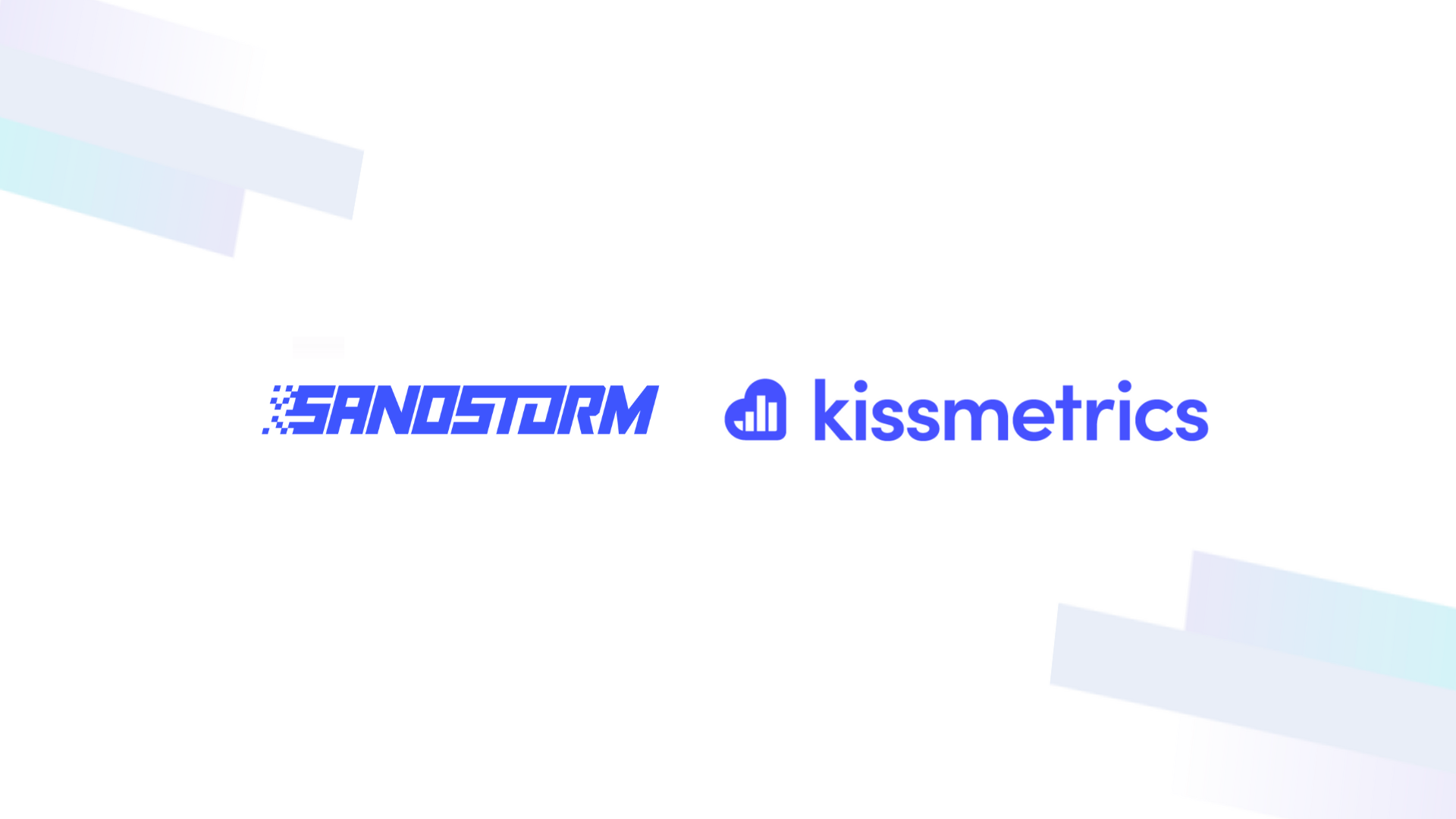What is a Good Bounce Rate For Your Website?

Understanding how bounce rate works and what you should aim for on your website can be challenging. There are several factors that can affect your bounce rate, such as where the visitor is coming from, the type of page they land on, and your website’s goal.
In this article, we delve into what a bounce rate is, why it matters, and how to improve yours.
What is Bounce Rate and Why Does It Matter?
A bounce rate refers to the percentage of visitors who visit a single page of your website before navigating away. These visitors do not visit any other pages on your website and typically don’t interact with anything on the page.
Essentially, your bounce rate measures how many people take one look at your content and exit.
What is a Good Bounce Rate?
Depending on your industry and what you offer on your website, your ideal bounce rate may vary. For example, if your website is informational, you can expect a higher bounce rate since people will visit, find the information they were looking for, and leave. This is typically true for websites geared towards students or research.
The type of page also impacts bounce rate. Product description pages and home pages tend to have a lower bounce rate than blog entries or informational pages.
What is the Average Bounce Rate?
How To Check Your Bounce Rate
Some analytics tools offer the ability to monitor your bounce rate, although Kissmetrics does not. Typically, you would find the bounce rate as a metric available to track and could click on the report to see your bounce rate through a specified timeframe.
We don’t offer tools like bounce rate monitoring because our funnel report provides more actionable information about who is flowing through your sales funnel and how many steps they get through before exiting your website. The funnel report gives you inverse information from a bounce rate by showing the number of people who complete a sequence of designated events.
Why is Your Bounce Rate High?
There are plenty of reasons why your bounce rate might be higher than the average. However, before you start panicking at an exceptionally high bounce rate, you should consider if any of the following apply to your website:
- Traffic from social media platforms – if you place ads on social media platforms, plenty of casual browsers might click on your ad only to find that they weren’t particularly interested in your product, and they bounce away.
- Publishing informational blog entries – if you’ve written great content, people might be looking for your blog. While that’s great, those people likely just want to consume that one blog’s content and have no interest in exploring the rest of your website.
- People are browsing on their phones – regardless of your website’s formatting, people just have a shorter attention span when browsing the internet on their phones. This could be because they’re browsing in public or at work and need to be able to quickly see everything and then finish what they’re doing. Whatever the reason, bounce rates are often higher for mobile viewers.
How to Analyze and Report Bounce Rates
While some analytics tools automatically report bounce rates, they are considered a vanity metric and don’t usually provide valuable insight as to why your visitors are bouncing. Therefore, it is difficult to analyze bounce rates and draw any conclusions about what to improve.
- Are visitors leaving because they aren’t impressed with your website?
- Have they found the necessary information and are ready to move on?
- Is your website useful in their search?
- Do they feel that your advertisement misinformed them about your products and they don’t want to buy them?
- Does your product fail to resolve their issue for them?
None of these questions can be answered based solely on your bounce rate. Instead, you can monitor bounce rates through more useful reports that show how people interact with your website.
How to Improve Bounce Rate
Your website may have a high bounce rate for many reasons, some of which have nothing to do with your content or your product. However, we’ve compiled some of the aspects that you have control over within your website and what you can do to entice visitors to take off their coats and stay awhile.
Improve Your Page Load Time
A slow load is one of the most common causes of a high bounce rate and low time on page. People expect pages to load in under a second, and the longer they wait for your content to load, the more likely they are to navigate away without ever seeing it. While some users can try refreshing the page, you can’t expect everybody to have high-speed internet, so you’ll have to build your pages for the lowest common denominator.
Limit the use of complicated graphics, fonts, or formatting on your website to reduce load time. Moving photos, embedded videos, automatically triggered music, and other fancy items will also slow down the loading of your pages. A clean, streamlined appearance never hurts, particularly if it makes the difference between people remaining to see what your website looks like and leaving in dissatisfaction.
Improve Your Page Design
We’ve all seen web pages with large amounts of pictures, fancy fonts, and blaring colors. They’re entirely distracting and often serve no purpose other than to distract viewers. However, if your visitors can’t immediately determine whether this website will meet their needs, they’re highly likely to just exit from it immediately.
Your website doesn’t need to be spartan, but it must have clearly defined links to your home page, product description pages, and other ways of navigating. Many websites with lots of pages employ a search bar in the upper right-hand corner.
Check Bounce Rate vs. Time On Site
Time on site, also known as session time, refers to the total amount of time a single visitor spends on your website. This encompasses any time they spend on any of your pages, from the time that they land on your first page to when they leave. Time on site alone only provides a vague picture of what’s going on – what if someone visits and leaves the tab open in the background?
On the other hand, bounce rate measures the percentage of new visitors who see a single web page and navigate away or close the tab.
Keyword Relevance
You might have the best content in the world, but it won’t matter if the right people can’t find it. Writing an in-depth article about when to use a skin care cream won’t be of any use to people looking for information about suntan lotion. If you don’t use relevant keywords, your article may come up for people who aren’t looking for skin care cream or not come up when people search variations on the terms.
Optimize for Mobile
Nowadays, many people do their web surfing from their phones. If your website has lots of dense paragraphs, it can look like an unappealing wall of text on mobile. Instead, try to use as many bullet points, pictures, or breaks in paragraphs as possible. Keep each section to four lines maximum to facilitate readability.
Make Navigation Easy
Navigation via internal links is critical and shouldn’t be underestimated. It’s easy to forget to link to that product your blog just mentioned or link to a page with detailed instructions on installing your application. Still, without those links, your visitors won’t be able to continue down your conversion funnel.
Keep Important Elements Above the Fold
For visitors on laptops, you want all of the crucial elements of a page to be located near the top or middle, anywhere that is above the fold of the laptop, aka where they have to scroll down. You should never forget that visitors can quickly leave the page. There are thousands of search results that likely deliver similar products or information, so you need to capture and keep their attention from the get-go.
Conclusion
Bounce rate is one of the vanity metrics that some product analytics tools will provide, although Kissmetrics does not. It depicts the percentage of visitors who only see one of your website’s pages before exiting the session. However, since the bounce rate rarely provides actionable information, we offer other metrics like path reports and funnel reports, so you can see what your customers are doing online before leaving.
Keep your bounce rate down by leveraging Kissmetrics’ tools today.
Sources:
13 Reasons Your Website Can Have a High Bounce Rate | Search Engine Journal
What Is Bounce Rate and What Is a Good Rate? | SEMRush
High Bounce Rate? Here are the Reasons & What You Should Do | Crazy Egg


